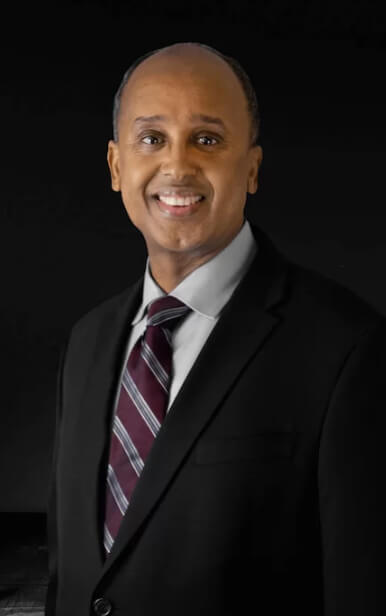Dr. Mustafa Ahmed
Dr. Mustafa Ahmed is a triple board-certified physician specializing in aesthetic and cosmetic surgery. He earned his medical degree from
Ohio State University and completed internal medicine, surgery, and surgical critical care residencies. Dr. Ahmed is known for his dedication to education, continually refining his skills to offer advanced, safe treatments. As a fellow of the
American Academy of Cosmetic Surgery, he customizes treatment plans to meet each patient's needs, emphasizing clear communication and all-encompassing care.
Dr. Ahmed is highly regarded in
St. George, Utah, for his expertise in procedures such as liposuction, Brazilian Butt Lifts, breast augmentations, and many other cosmetic surgeries. He enjoys getting to know every patient and using their goals and experiences to create the perfect plan for their surgery. Dr. Ahmed is committed to providing exceptional, personalized care, making him a sought-after professional in cosmetic surgery.



